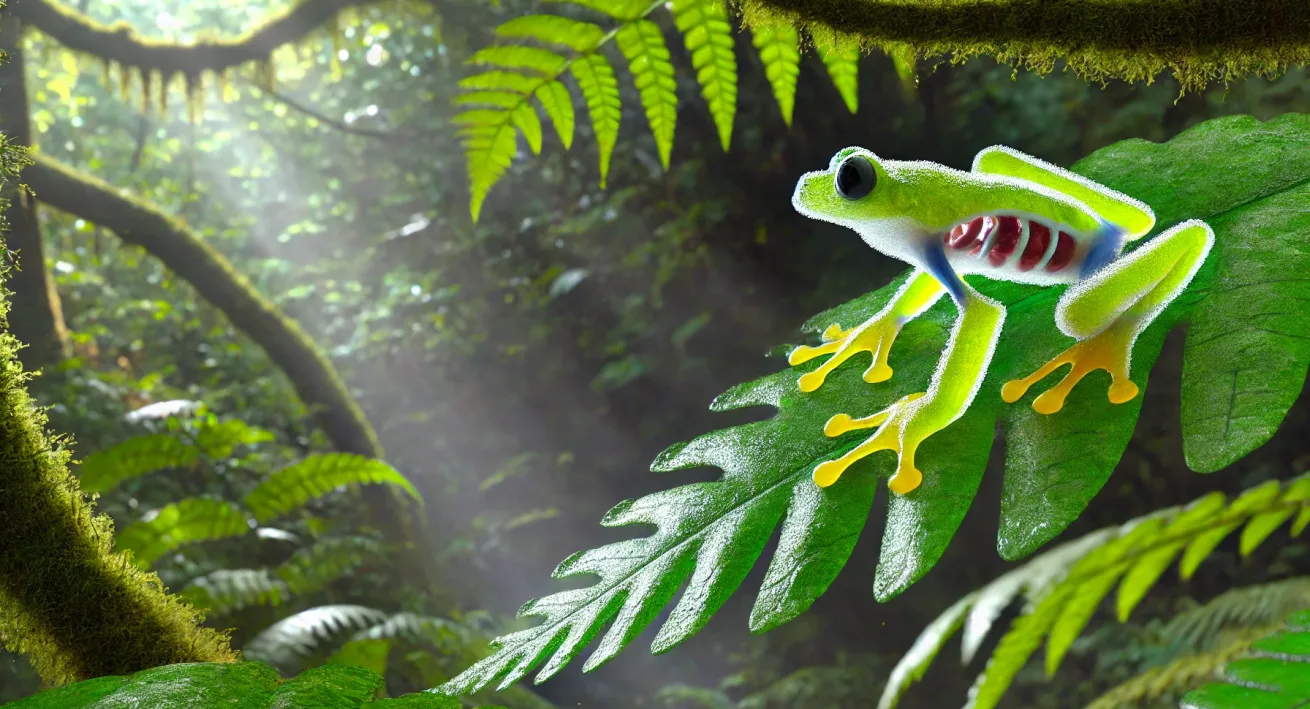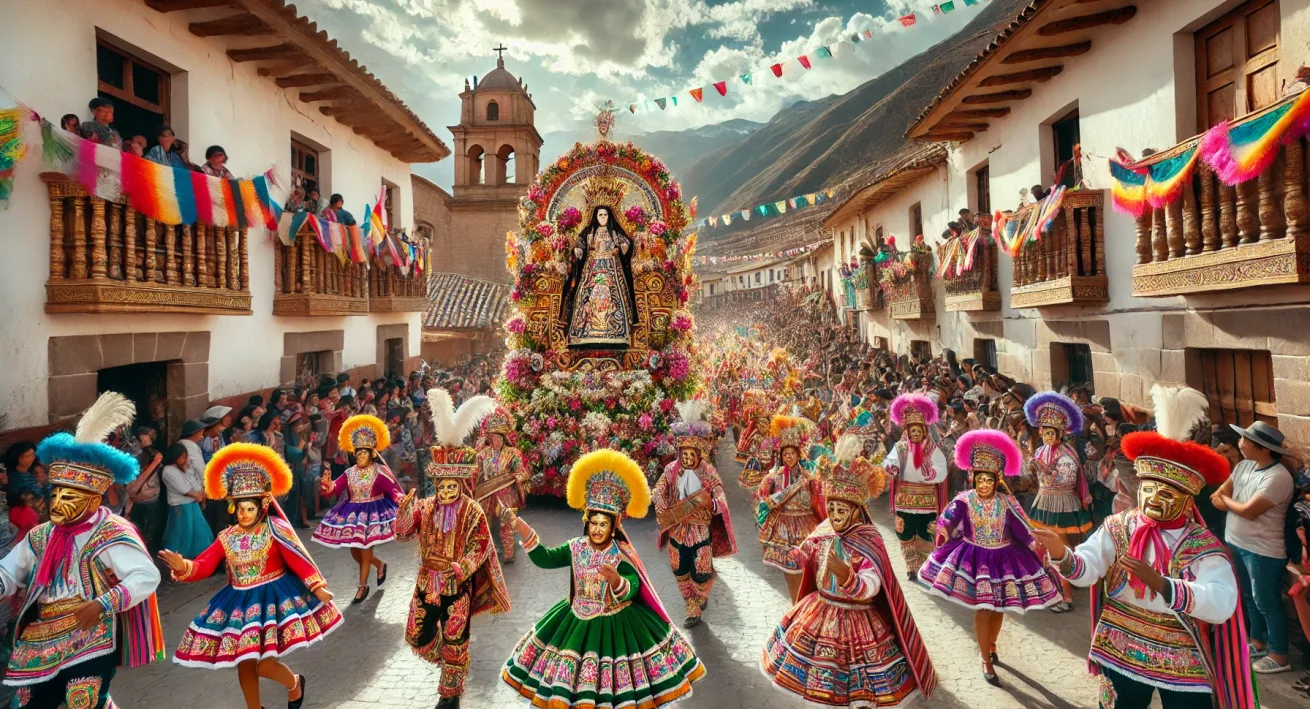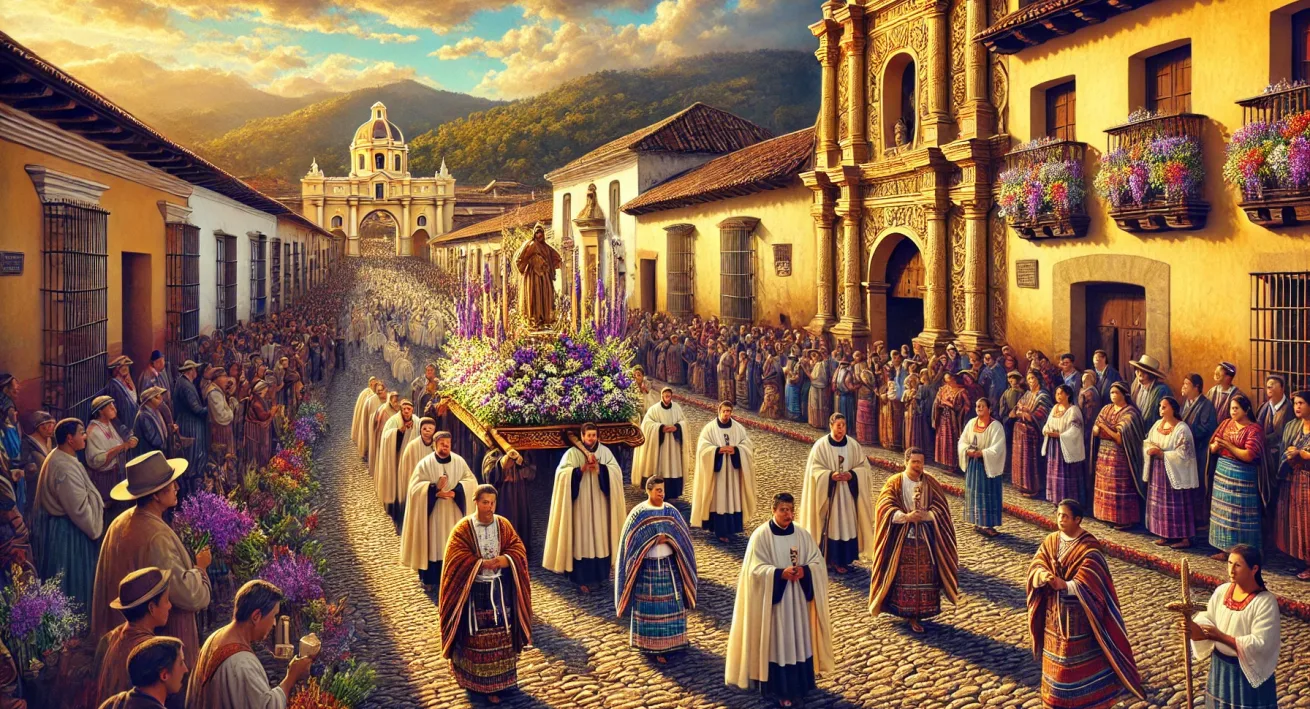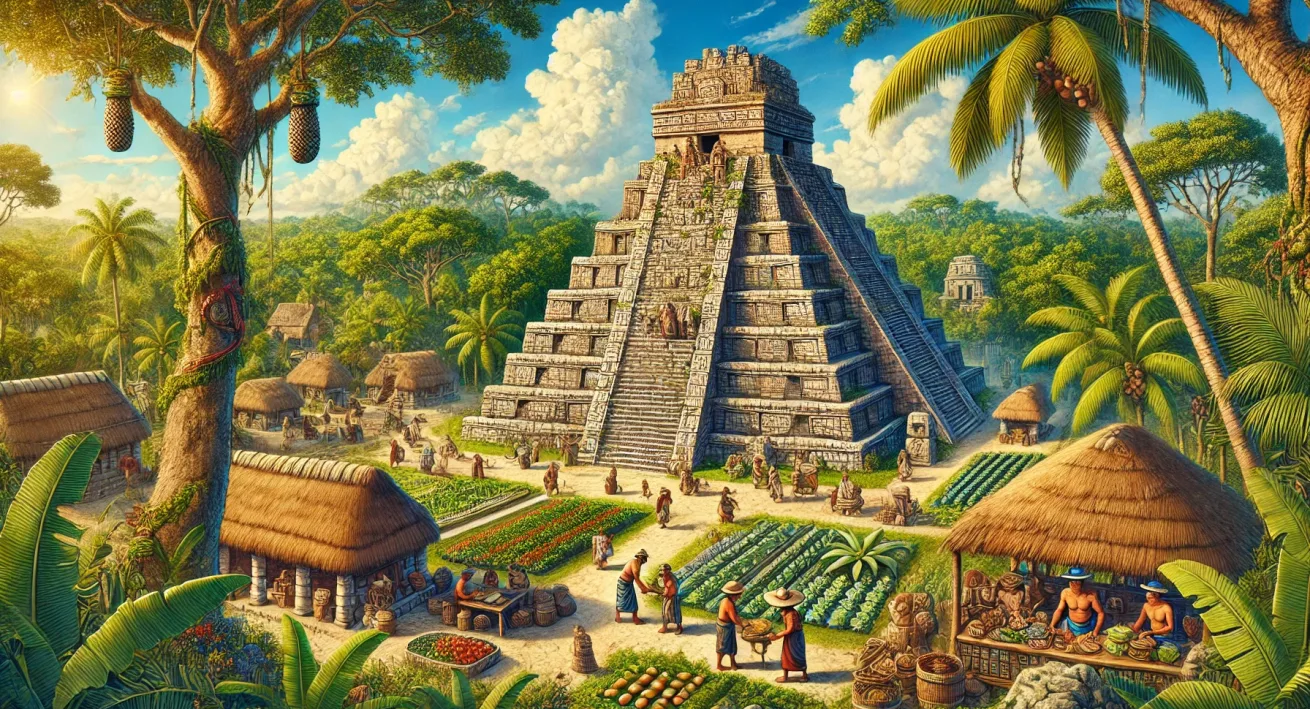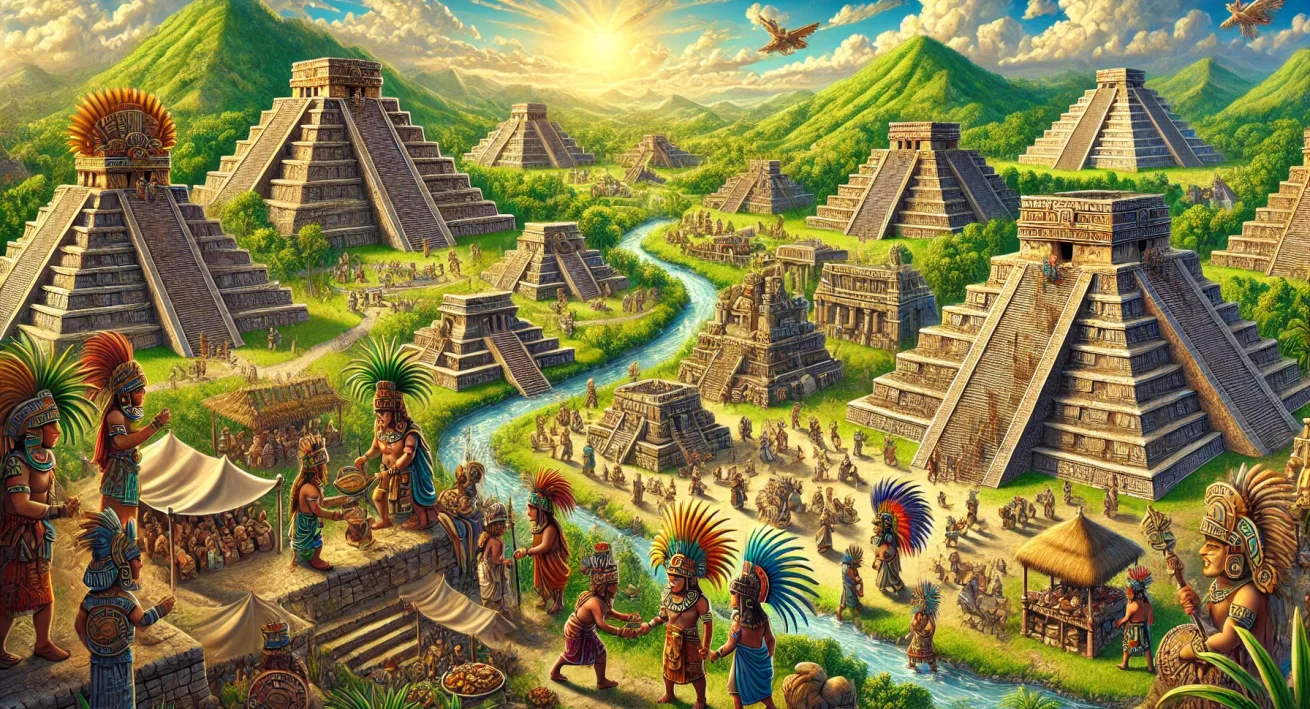In the dense, verdant rainforests of Central and South America, a peculiar and fascinating creature resides—one that has captured the curiosity of scientists and nature enthusiasts alike. These small, elusive amphibians are known as glass frogs, and they possess one of the most extraordinary features in the animal kingdom: their translucent skin. This unique trait gives us a rare glimpse into their inner workings, allowing us to see their organs, bones, and even their beating hearts. However, there’s much more to glass frogs than their see-through bellies. These enigmatic creatures are a testament to the wonders of evolution and the complex ecosystems they inhabit.
